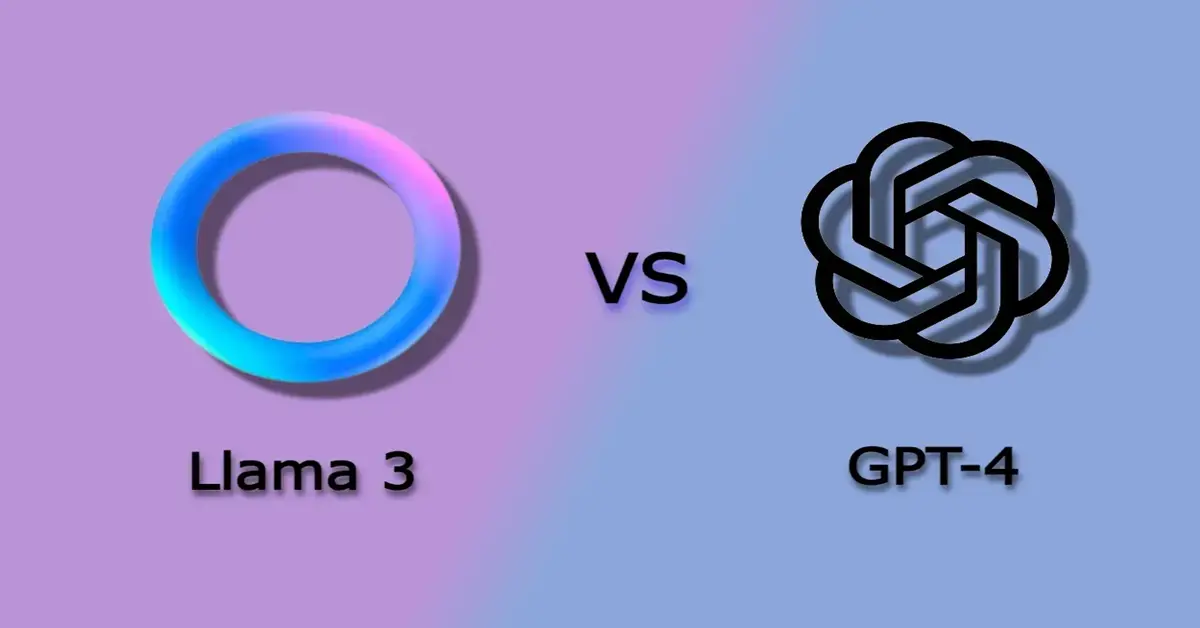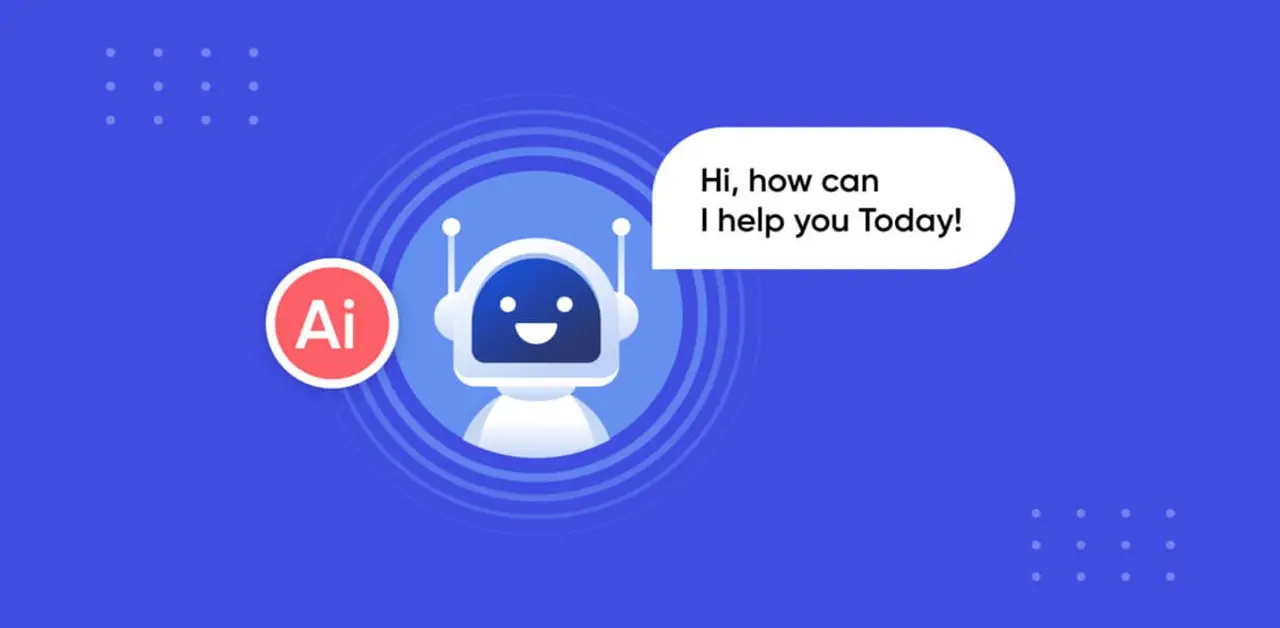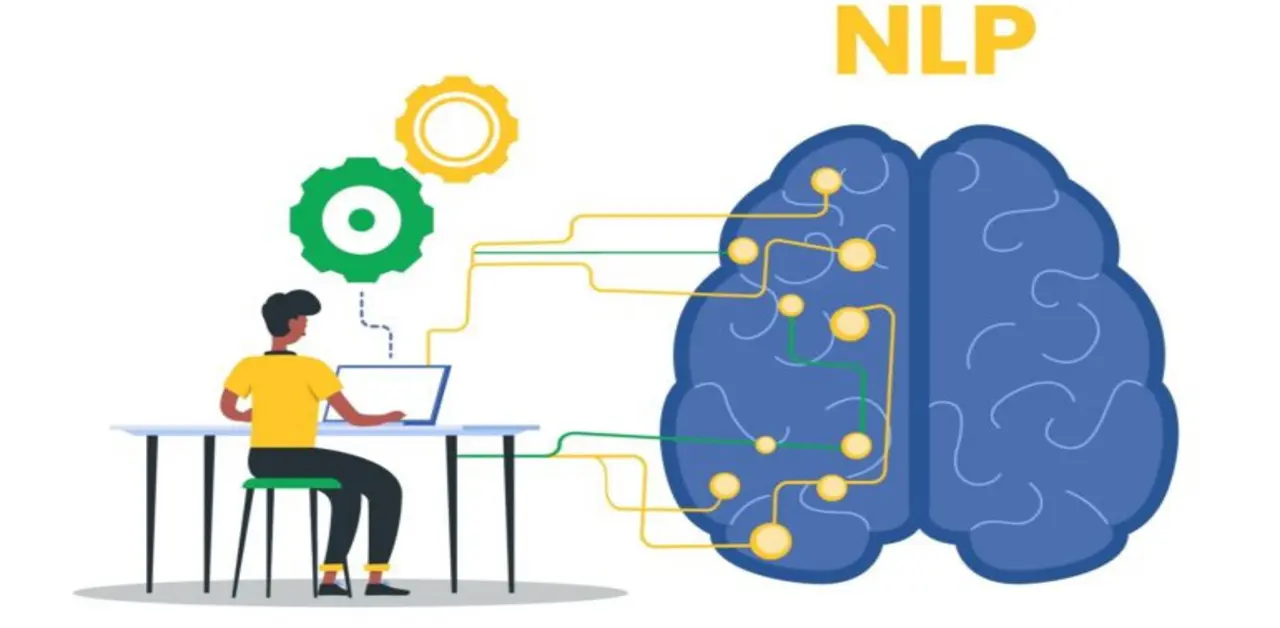Artificial intelligence language models have undergone significant evolution over the years, moving from rule-based systems to statistical models and then to neural networks. These models are designed to understand and generate human-like text, enabling applications such as machine translation, chatbots, and text summarization. The recent advancements in natural language processing (NLP) have propelled AI language models to new heights, with models like LLaMA-3 and GPT-4 showcasing the state-of-the-art capabilities in this domain.
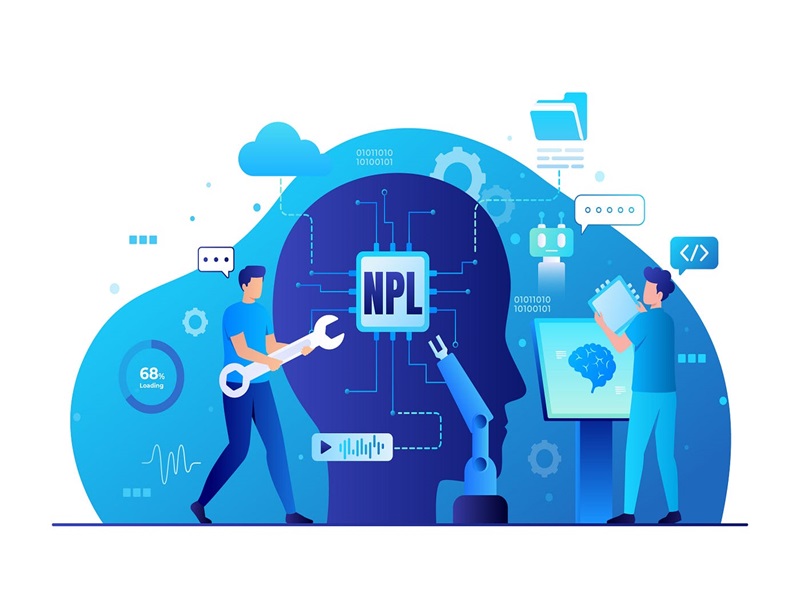
Importance of Advancements in Natural Language Processing (NLP)
Advancements in NLP have revolutionized how machines interact with and comprehend human language. These advancements are crucial for various reasons:
- Enhanced Communication: NLP advancements enable more natural and meaningful interactions between humans and machines, improving user experience in applications like virtual assistants and customer support systems.
- Efficient Information Processing: NLP models can analyze and extract insights from vast amounts of textual data, leading to better decision-making and knowledge discovery.
- Automation of Tasks: AI language models automate tasks such as text generation, summarization, and sentiment analysis, saving time and resources for businesses and researchers.
Thesis Statement
While both LLaMA-3 and GPT-4 represent significant advancements in NLP, they exhibit distinct characteristics and capabilities that merit a comparative analysis. This comprehensive review aims to delve into their development histories, key features, technical architectures, performance metrics, applications, ethical considerations, innovations, limitations, future directions, and overall impact on the field of AI and society.
Historical Context of Language Models Leading up to LLaMA-3 and GPT-4

The evolution of AI language models traces back to early statistical approaches like n-grams and hidden Markov models. The breakthrough came with the introduction of neural networks and deep learning, which paved the way for more complex and context-aware language models. Models like OpenAI’s GPT series and LLaMA series by Facebook AI Research represent the cutting edge of this evolution, incorporating advanced architectures and training techniques.
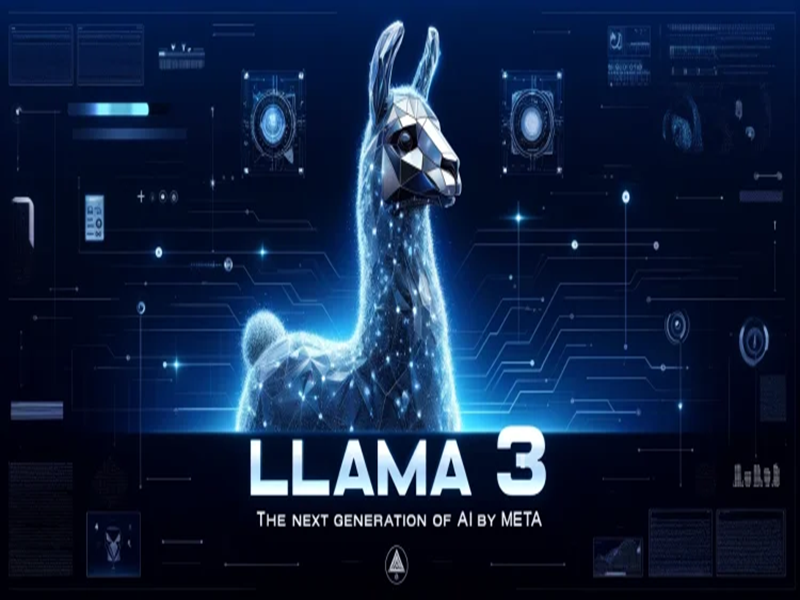
Introduction to LLaMA-3
LLaMA-3, short for Large Language Model Archive, is a series of language models developed by Facebook AI Research (FAIR). LLaMA-3 builds upon its predecessors, incorporating improvements in model architecture, training data, and performance metrics. It is designed to excel in various NLP tasks, including translation, summarization, and question-answering.
Development History
LLaMA-3 evolved from earlier versions, leveraging insights and advancements in deep learning, attention mechanisms, and transformer architectures. Its development involved extensive experimentation and fine-tuning to achieve state-of-the-art performance across multiple benchmarks.
Key Features and Technological Innovations
- Advanced Transformer Architecture: LLaMA-3 utilizes a transformer-based architecture with multiple layers of attention mechanisms, enabling better context understanding and long-range dependencies.
- Large-Scale Training Data: It is trained on vast datasets comprising diverse linguistic contexts, enhancing its ability to handle various languages and domains.
- Fine-Tuned Performance: LLaMA-3 undergoes rigorous fine-tuning on specific tasks, resulting in improved accuracy and generalization.
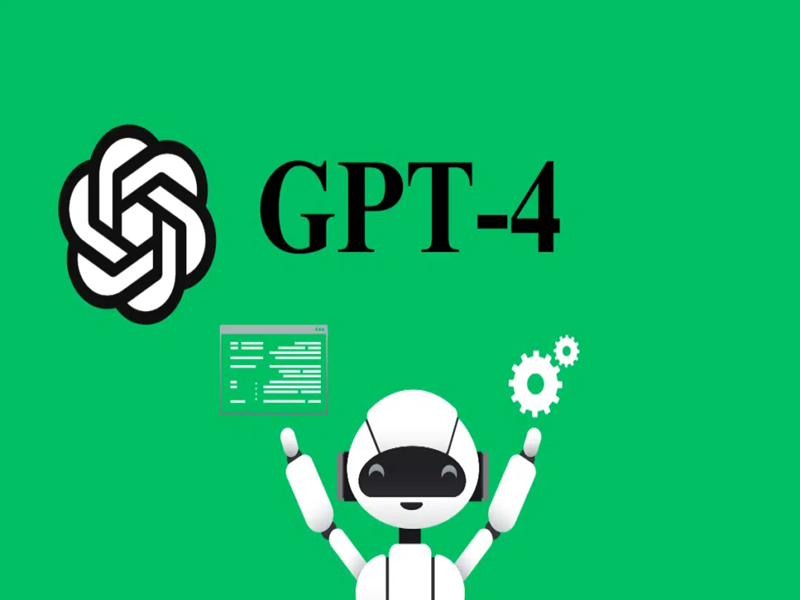
Introduction to GPT-4
GPT-4, developed by OpenAI, is the latest iteration of the Generative Pre-trained Transformer series. Building upon the success of GPT-3, GPT-4 introduces enhancements in model size, training techniques, and performance benchmarks. It aims to push the boundaries of AI-generated content and natural language understanding.
Development History
GPT-4 inherits advancements from its predecessors, focusing on scalability, efficiency, and ethical considerations. OpenAI’s research and development efforts have contributed significantly to the field of AI, with GPT-4 being a testament to continuous innovation.
Key Features and Technological Innovations
- Increased Model Size: GPT-4 boasts a larger model size compared to GPT-3, enabling it to capture more complex linguistic patterns and nuances.
- Multi-Modal Capabilities: It incorporates multi-modal learning, allowing the model to process not just text but also images, audio, and other forms of data for richer contextual understanding.
- Improved Fine-Tuning: GPT-4 introduces enhanced fine-tuning techniques, leading to better task-specific performance and adaptability.
Technical Comparison
Architecture
LLaMA-3 and GPT-4 exhibit differences in their model architectures and design principles:
- LLaMA-3: Employs a transformer-based architecture with attention mechanisms and positional encodings, optimized for parallel processing and scalability.
- GPT-4: Features a similar transformer architecture but emphasizes multi-modal learning and enhanced memory capacity, supporting diverse input formats and larger context windows.
Training Data
The size and source of training datasets play a crucial role in model performance:
- LLaMA-3: Trained on massive datasets sourced from diverse linguistic sources, covering a wide range of languages and domains.
- GPT-4: Benefits from extensive data sources, including text, images, and audio, leading to a more comprehensive understanding of context and semantics.
Performance Metrics
Both models are evaluated based on standard NLP benchmarks and tasks:
- LLaMA-3: Demonstrates strong performance in translation, summarization, sentiment analysis, and language modeling tasks, with competitive scores on benchmark datasets.
- GPT-4: Excels in text generation, conversational AI, and knowledge inference tasks, showcasing high accuracy and fluency across diverse applications.
Practical Applications of LLaMA-3 and GPT-4
These models find application in various domains, including:
- Industry: Customer support automation, content generation, and personalized recommendations.
- Research: Language understanding, sentiment analysis, and knowledge discovery.
- Education: AI-driven tutoring systems, language learning platforms, and educational content generation.
Impact on Consumer Products and Services
LLaMA-3 and GPT-4 contribute to the development of AI-driven consumer products and services:
- LLaMA-3: Powers chatbots, language translation services, and content curation platforms, enhancing user experiences.
- GPT-4: Enables natural language interfaces, virtual assistants, and creative content generation tools, improving productivity and creativity.
Discussion on Biases and Fairness
Both models face challenges related to biases and fairness:
- LLaMA-3: Requires careful handling of training data biases, especially in multilingual and multicultural contexts.
- GPT-4: Addresses bias mitigation through diverse training datasets and algorithmic fairness frameworks but continues to face ethical dilemmas in content generation and decision-making.
Potential Misuse and Mitigation Strategies
Mitigating potential misuse involves:
- Transparency: Providing insights into model behavior and decision-making processes.
- Ethical Guidelines: Establishing guidelines for responsible AI development and deployment.
- Community Engagement: Collaborating with stakeholders to address ethical concerns and promote inclusive AI practices.
Innovations Introduced by LLaMA-3 and GPT-4
Both models introduce innovations in:
- Efficiency: Faster inference and reduced computational costs.
- Accuracy: Improved task-specific performance and generalization.
- Scalability: Handling larger datasets and diverse input formats.
Limitations and Challenges
Technical limitations include:
- LLaMA-3: Scalability challenges in handling extremely large datasets and complex linguistic structures.
- GPT-4: Resource-intensive training requirements and potential biases in multi-modal learning.

Open Problems in NLP and AI
Challenges in NLP and AI research include:
- Explainability: Interpreting model decisions and ensuring transparency.
- Robustness: Handling adversarial inputs and edge cases.
- Ethical AI: Addressing biases, fairness, and societal impacts.
Predictions for the Future Development of Language Models
The future of language models involves:
- Continued Innovation: Advancements in model architectures, training techniques, and performance benchmarks.
- Interdisciplinary Research: Integration of AI with other fields such as cognitive science, linguistics, and psychology.
- Ethical AI Frameworks: Development of robust frameworks for ethical AI development and deployment.
The Role of LLaMA-3 and GPT-4 in Shaping AI Research
LLaMA-3 and GPT-4 contribute to:
- Benchmarking Standards: Setting benchmarks for evaluating AI models and driving competition and innovation.
- Cross-Domain Applications: Expanding AI’s impact across industries and domains through versatile language understanding capabilities.
- AI Ethics: Raising awareness about ethical considerations in AI and fostering responsible AI practices.
Conclusion
In conclusion, LLaMA-3 and GPT-4 represent significant milestones in the evolution of AI language models. While LLaMA-3 excels in multilingual contexts and diverse NLP tasks, GPT-4 showcases advancements in multi-modal learning and task-specific performance. Their comparative analysis highlights the nuanced strengths and limitations of each model, underscoring the ongoing quest for AI excellence and ethical AI deployment in society. As these models continue to evolve, they will shape the trajectory of AI research and applications, paving the way for transformative impacts on how humans interact with intelligent systems.

